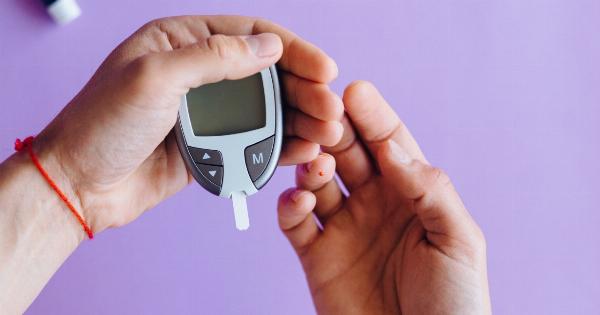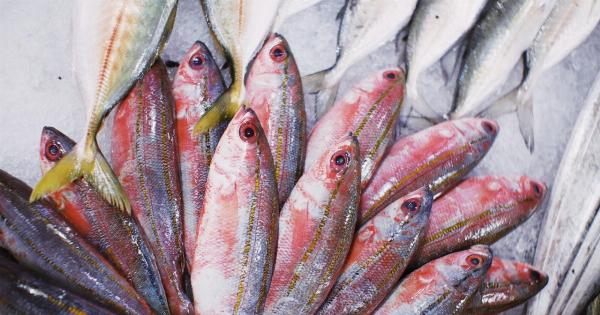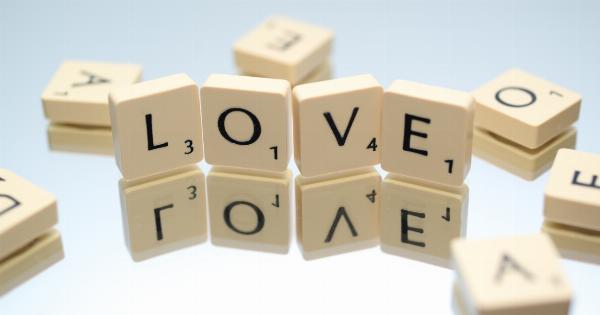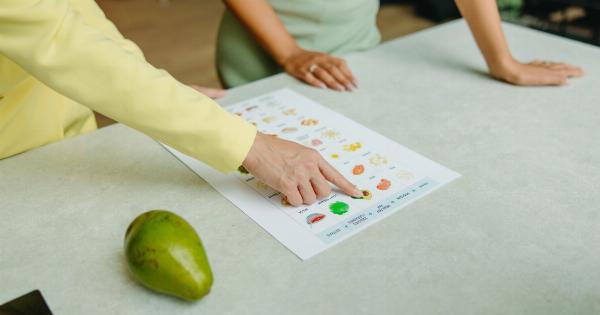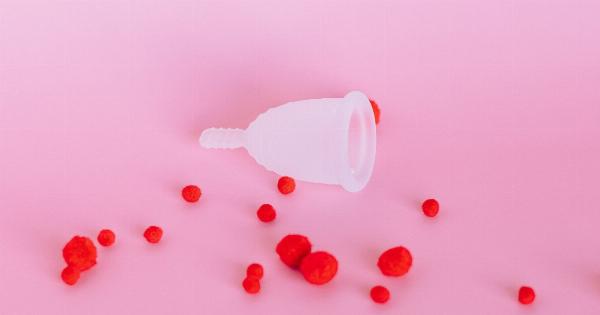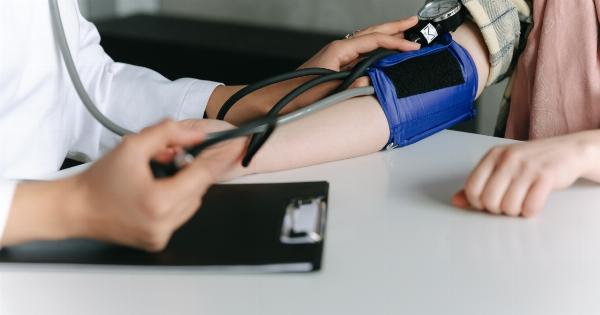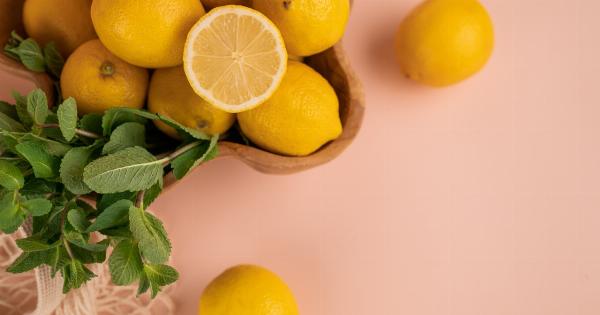Hypertension, commonly known as high blood pressure, is a serious medical condition that affects millions of people worldwide.
It is a chronic condition in which the force of blood against the artery walls is too high, leading to potential health risks such as heart disease, stroke, and kidney problems. While there are various factors that contribute to hypertension, diet plays a crucial role in its development and management. Two major culprits often associated with high blood pressure are sugar and salt.
In this article, we will explore the impact of sugar and salt on hypertension and provide insights into how they can be appropriately managed.
Sugar and Hypertension
Excessive consumption of added sugars is a major concern in today’s society, as it is closely linked to several health issues, including hypertension.
Sugary foods and beverages, such as soda, candy, pastries, and processed food items, are typically high in calories and low in nutrients. When consumed in excess, these sugary delights can contribute to weight gain and obesity, which are both risk factors for hypertension.
Furthermore, a high sugar intake can lead to insulin resistance, a condition where the body’s cells become less responsive to the effects of insulin.
Insulin resistance often precedes the development of type 2 diabetes, which is a well-known risk factor for hypertension. Additionally, a diet high in added sugars has been found to raise blood pressure levels and increase the risk of developing hypertension over time.
It’s important to note that not all sugars are created equal. Naturally occurring sugars found in fruits, vegetables, and dairy products come packaged with essential nutrients and fiber, which can help mitigate their impact on blood pressure.
However, added sugars found in processed foods and sugary drinks offer little to no nutritional value and should be minimized in a heart-healthy diet.
Salt and Hypertension
When it comes to hypertension, salt has long been under scrutiny for its potential role in raising blood pressure. Salt is composed of sodium and chloride, and it is the sodium content that primarily affects blood pressure levels.
High sodium intake can lead to fluid retention, which increases blood volume and subsequently raises blood pressure.
In most individuals, the kidneys efficiently regulate sodium levels by excreting excess amounts through urine. However, some people may be more salt-sensitive, meaning their blood pressure is more profoundly affected by variations in sodium intake.
For salt-sensitive individuals, reducing sodium intake can substantially lower blood pressure and manage hypertension.
The recommended daily intake of sodium for most adults is around 2,300 milligrams (mg), but those with hypertension or at risk of developing it are advised to limit their intake to 1,500 mg or less.
It’s important to note that sodium is not only found in salt shakers but is also prevalent in many processed and packaged foods, such as canned soups, deli meats, and frozen meals. Therefore, it is crucial to read food labels carefully and opt for low-sodium alternatives whenever possible.
Managing Sugar and Salt Intake
While both sugar and salt can contribute to hypertension, it’s not necessary to completely eliminate them from your diet. Moderation and awareness are key when it comes to managing their intake.
Here are some practical tips for reducing sugar and salt consumption:.
1. Read Food Labels
Familiarize yourself with the ingredients list and nutritional information on food packaging. Pay close attention to the amounts of added sugars and sodium per serving.
Opt for products with lower sugar and salt content or choose fresh, whole foods that are naturally low in these substances.
2. Cook at Home
Preparing meals at home gives you full control over the ingredients you use. By cooking your own meals, you can reduce your reliance on processed and packaged foods, which are often laden with sugar and salt.
Experiment with herbs, spices, and other flavor-enhancing techniques to make your dishes delicious without relying on excessive sodium.
3. Choose Low-Sugar Alternatives
Instead of reaching for sugary drinks or snacks, opt for healthier alternatives like water, unsweetened tea, or fresh fruits.
If you have a sweet tooth, swap processed sweets for naturally sweetened alternatives, such as dates or dark chocolate with high cocoa content.
4. Flavor with Herbs and Spices
When cooking, experiment with a wide array of herbs and spices to add depth and flavor to your dishes. This can help reduce your reliance on salt for taste.
Fresh herbs like basil, rosemary, and cilantro, as well as spices like cumin, turmeric, and paprika, can enhance the taste of your meals without adding excessive sodium.
5. Be Mindful of Hidden Sugars
Sugar can be sneaky and hide under various names in food ingredient lists. Be on the lookout for terms such as sucrose, glucose, fructose, corn syrup, and molasses.
By being aware of these hidden sugars, you can make informed choices and reduce your overall sugar intake.
6. Limit Processed and Packaged Foods
Processed and packaged foods are often high in added sugars and sodium. Opt for fresh, whole foods whenever possible, as they are naturally low in sugar and salt.
Foods like fruits, vegetables, lean proteins, whole grains, and legumes should form the foundation of a healthy diet.
Conclusion
While both sugar and salt have been linked to hypertension, managing their intake through a healthy and balanced diet is key.
It is important to be mindful of hidden sugars in processed foods, choose low-sugar and low-sodium alternatives, and cook meals at home to have better control over your sugar and salt consumption. By taking small steps towards reducing sugar and salt intake, you can play an active role in managing hypertension and overall cardiovascular health.

